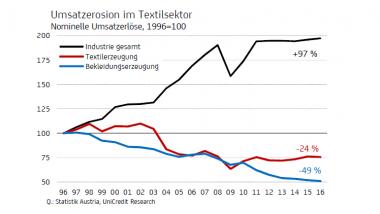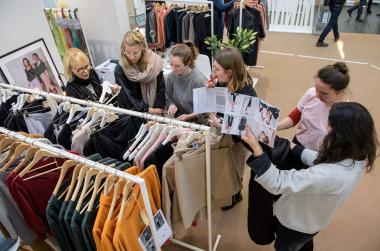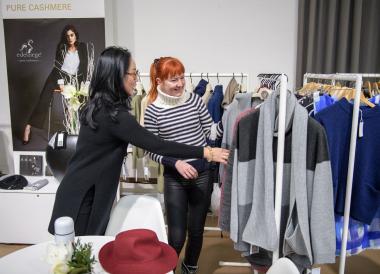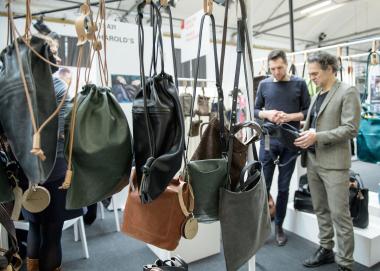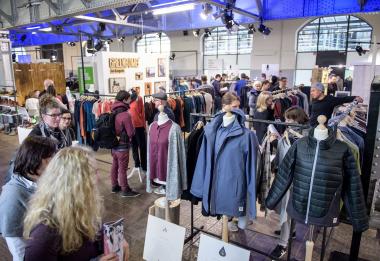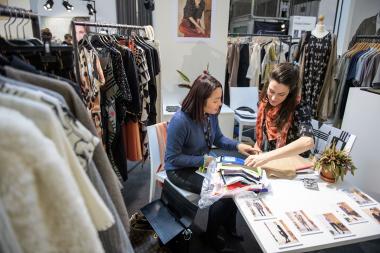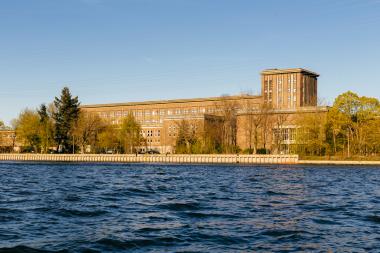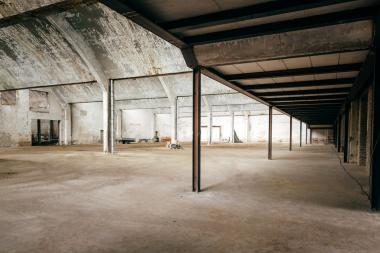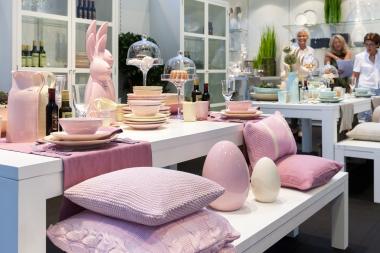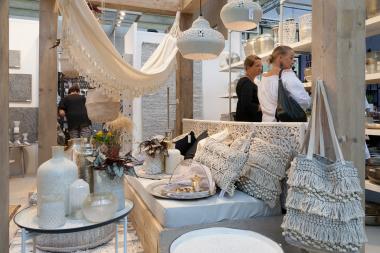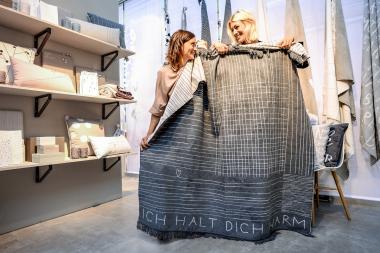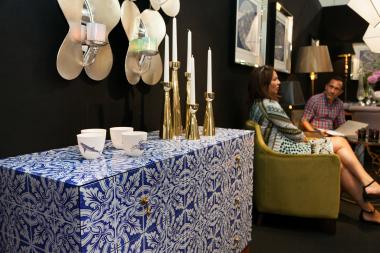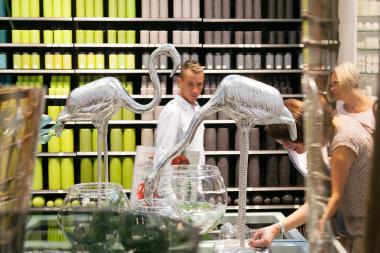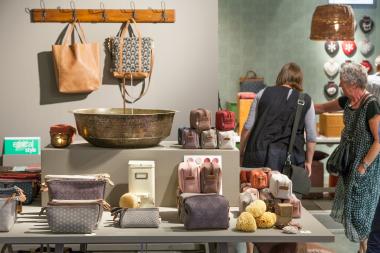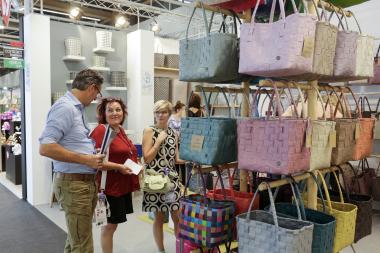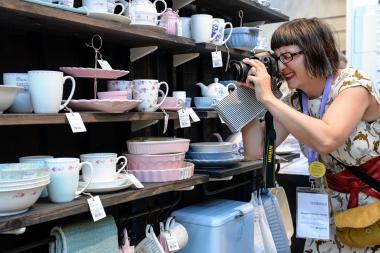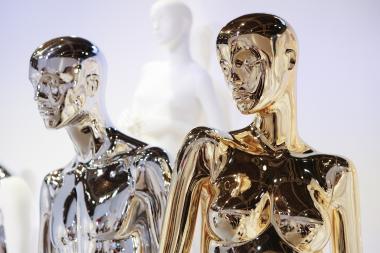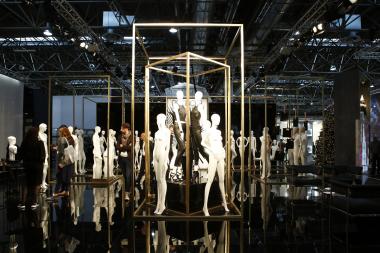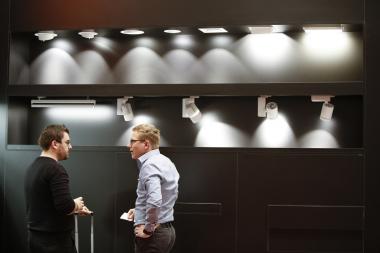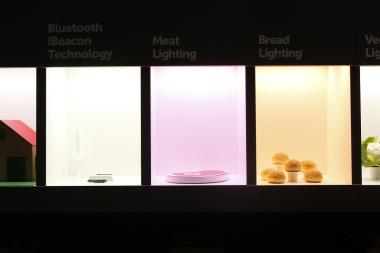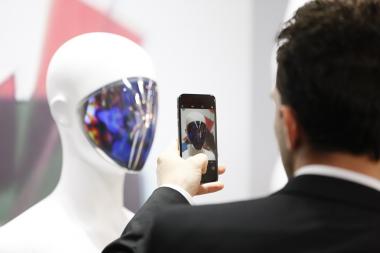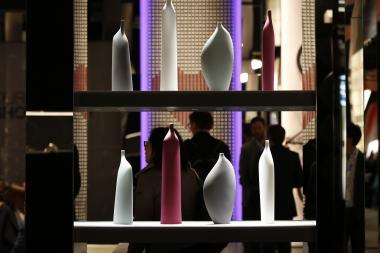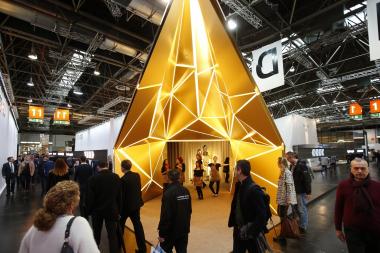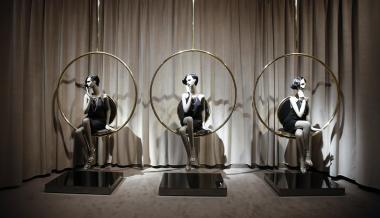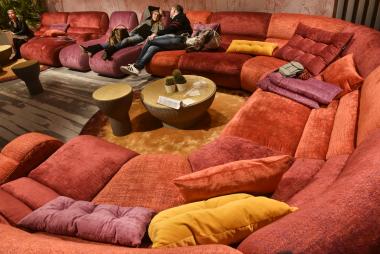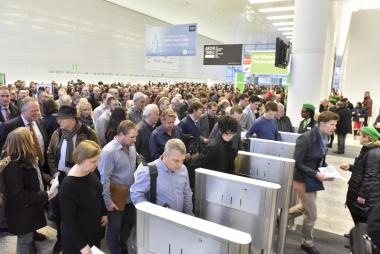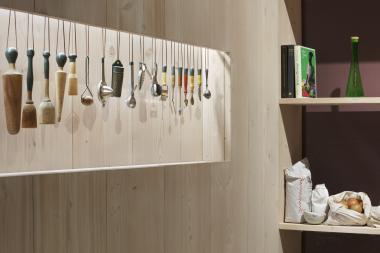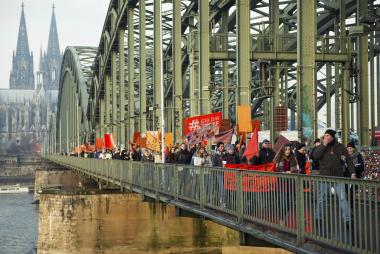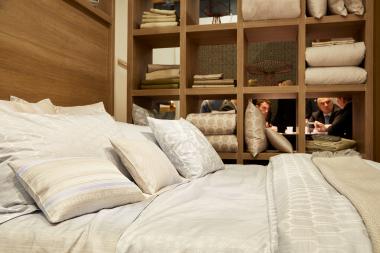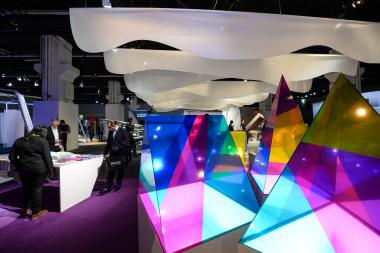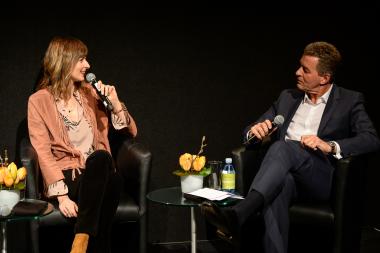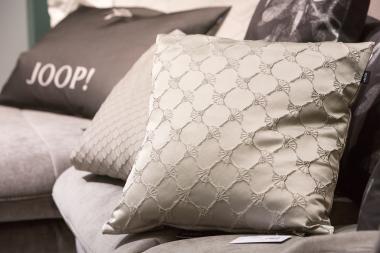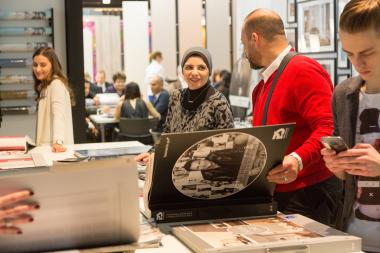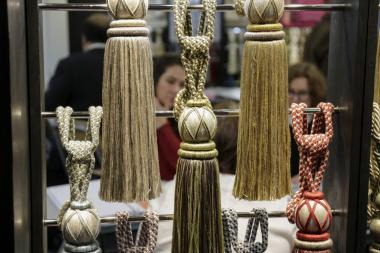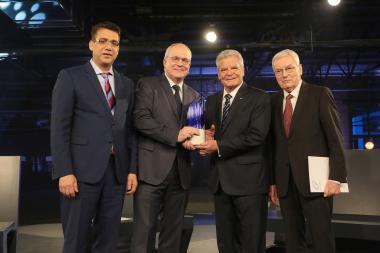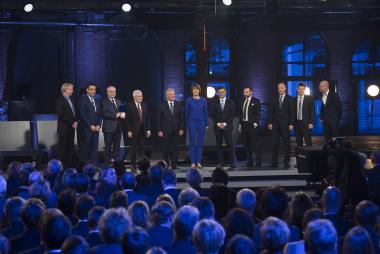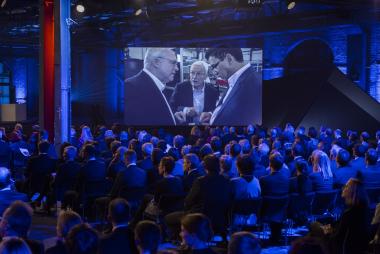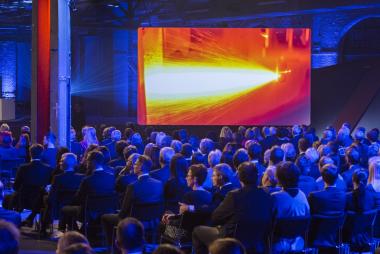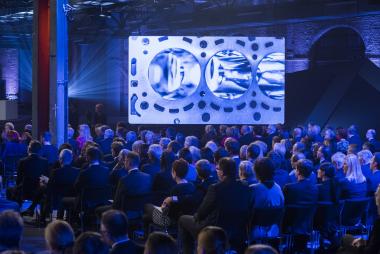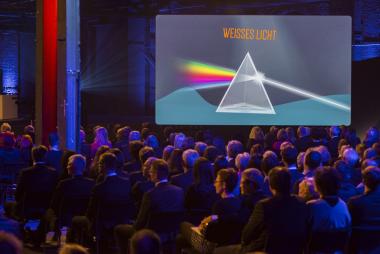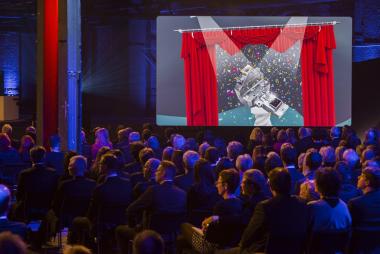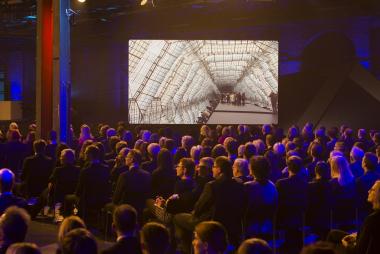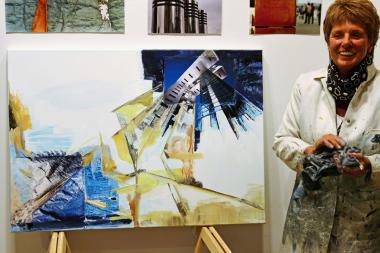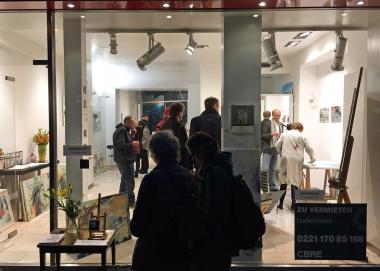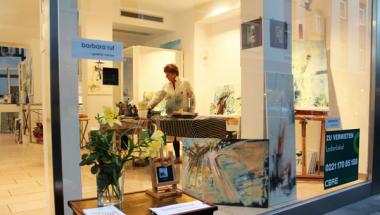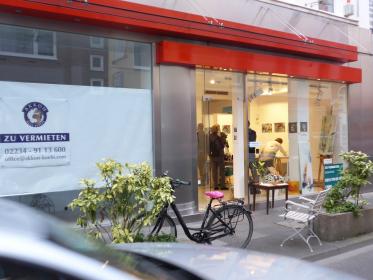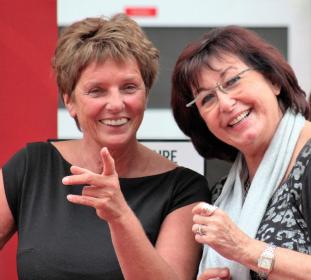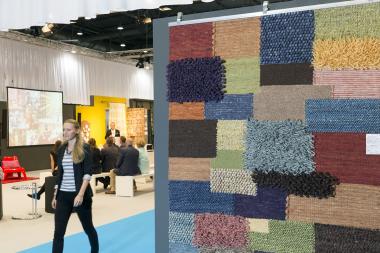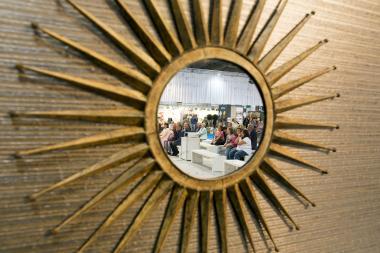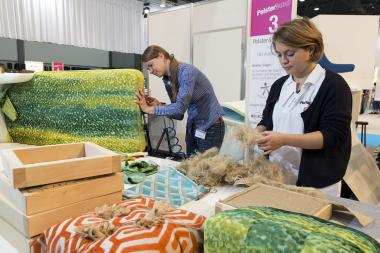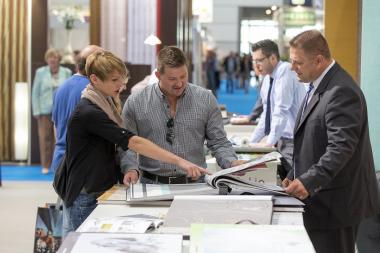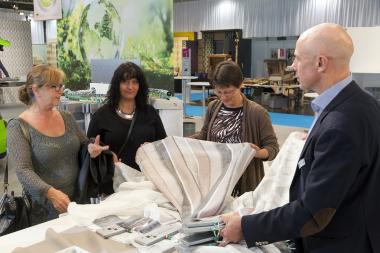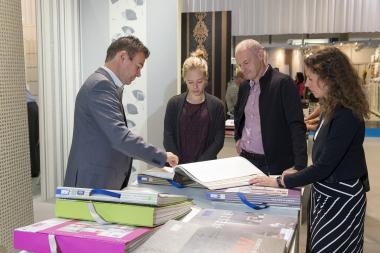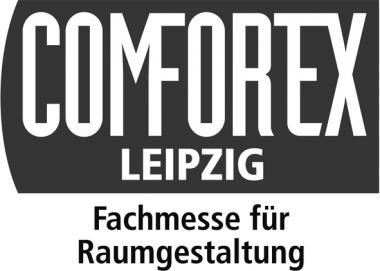ISRAEL'S TEXTILE INDUSTRY IS CATCHING UP AGAIN
- Production stabilizes at lower level
- Import of textile machines increased
Jerusalem (GTAI) - The Israeli textile and clothing industry has largely stabilized after years of decline. This applies both to the added value of the sector and to exports. Thanks to new capacities, the textile sector was able in 2106 to record a significant increase in production. In the import of textile machinery Germany plays the leading role. On the other hand, the German import market share of imports of textile and clothing products is low..
For a long time, Israel's textile and clothing industry was a serious problem sector of the manufacturing industry. But now it seems to catch up itself again. This is confirmed by the production statistics. In a crisis phase between 2007 and 2013, the added value by the textile and clothing industry had declined by a total of 25.7%. While the shrinking of the clothing sector was 21.4%, the textile industry fell by 31.2%. The reasons for this development were the increasing competition from low-cost imports on the domestic market and declining exports. Since 2013, however, the figures have stabilized and are pointing upwards.
| Year | Index of added value textile and clothing (2011 = 100,0) | Index of added value textile | Index of added value clothing | Exports of textiles and clothing*), Mio. US$ | Imports of textile and clothing*), Mio. US$ |
|---|---|---|---|---|---|
| 2006 | 128.8 | 130.8 | 128.2 | 1,243 | 1,561 |
| 2011 | 100.0 | 100.0 | 100.0 | 1,011 | 2,256 |
| 2012 | 956 | 918 | 986 | 952 | 2,241 |
| 2013 | 910 | 840 | 964 | 920 | 2,365 |
| 2014 | 932 | 845 | 999 | 966 | 2,558 |
| 2015 | 928 | 849 | 987 | 930 | 2,420 |
| 2016 | 970 | 983 | 959 | 914 | 2,480 |
*) HS-section XI (spun textile fabrics and articles thereof)
Source: Monthly paper on foreign trade statistics, various editions, Central Statistical Office
Product range cleared up
The stabilization was achieved through a comprehensive clearing up process in the textile and clothing industry, in the course of which products and production processes, in which Israel was no longer internationally competitive, were discontinued or outsourced to cheaper locations. Thru rationalization processes the productivity was increased. The added value of the textile and clothing industry in 2016 per employee reached 4.8% above the level of 2011. The cumulative increase in productivity in the textile sector was 3.5 and in the clothing sector 5.6%.
The adjustment of the product range led to a drop in exports and simultaneously to an increase in imports. The Israeli manufacturers are increasingly looking to raise their turnover in high-quality and less labor-intensive products, which also have opportunities on the world market.
According to the most recent available data, the export rate of the textile and clothing industry in 2014 was 50.1%. There was an extreme division in the clothing sector: while the manufacturers of clothing products other than underwear only accounted for 3.9% of their sales in the international business, almost the entire production of underwear was exported.
The main export position of the Israeli textile industry is covered by HS heading 56 (cotton, felt and nonwovens, special yarns, twine, cordage, ropes and cables). In 2016 these products accounted for 28.7% of the textile and clothing exports, followed by synthetic or artificial filaments with 14.3%, knitted products with 13.0% of the exports.
| Sector | Turnover in Mio. US$ *) | Export rate in % |
|---|---|---|
| Total (1+2) | 1,834 | 50.1 |
| 1. Textile industry | 1,014 | 52.7 |
| Spinning, weaving, and finishing of textiles | 557 | 57.0 |
| Other textiles | 457 | 47.5 |
| Clothing industry | 820 | 46.8 |
| Clothing but underwear | 425 | 3.9 |
| Underwear | 320 | 96.3 |
*) Conversion of official internal price data according to the yearly average exchange rate
Source: Central Office of Statistics
Following the successful stabilization, the Israeli industry is also daring to create new production capacities. In 2015 and 2016 two new factories were set up for the production of nonwovens and have started to operate. On the one hand, this became reflected in increased machinery investments by the textile sector, and secondly in the strong increase in the production of the textile industry in 2016 by 15.8%.
Germany leading supplier of textile machines
Parallel to the increase in production the import of textile machinery is increasing since 2014. In 2016, it reached USD 62.2 million, more than twice the low level of 2013. German textile machinery manufacturers were able to participate in this growth in a leading position..
| Year | Import | thereof: from Germany | German import market share in % |
|---|---|---|---|
| 2010 | 21.1 | 4.8 | 22.7 |
| 2011 | 35.3 | 13.3 | 37.7 |
| 2012 | 41.5 | 16.3 | 39.3 |
| 2013 | 29.2 | 7.4 | 25.3 |
| 2014 | 34.4 | 10.5 | 30.5 |
| 2015 | 58.4 | 31.5 | 53.9 |
| 2016 | 62.2 | 37.5 | 60.2 |
Source: UN Comtade Database
In 2016 the German import market share of textile machinery reached a hight of 60.2%, so the Federal Republic was by far the most important delivery country, followed by Italy and France.
| Country | Import, Mio. US$ | Import market share in % |
|---|---|---|
| Germany | 39.5 | 60.2 |
| Italy | 6.3 | 10.1 |
| France | 4.1 | 6.6 |
| Switzerland | 2.6 | 4.2 |
| Belgium | 2.3 | 3.7 |
| China | 2.2 | 3.6 |
| USA | 1.3 | 2.1 |
| Spain | 1.1 | 1.8 |
Source: UN Comtrade Database
The leading supplier in the import market for garments and textile products is P.R.China. In 2016 39.3% of the imports of the HS section XI (textile materials and articles thereof) accounted for China. Germany played with 1.6% (USD 39.1 mio) only a subordinate role. The main German delivery positions were clothing and clothing accessories (HS chapters 61 and 62) with 43.7%, followed by synthetic or artificial spun fibers (14.3%).
Contact addresses
Manufacturers Association of Israel Textile and Fashion Industries Association Ansprechpartnerin: Ms. Maya Herscovitz, Director of Association
Hamered St. 29, Tel Aviv 68125 Tel.: 00972 3/519 88 55, Fax- 519 87 05 E-Mail: maya@industry.org.il,, Internet: http://www.industry.org.il.
Israel
Wladimir Struminski, Germany Trade & Invest www.gtai.de


